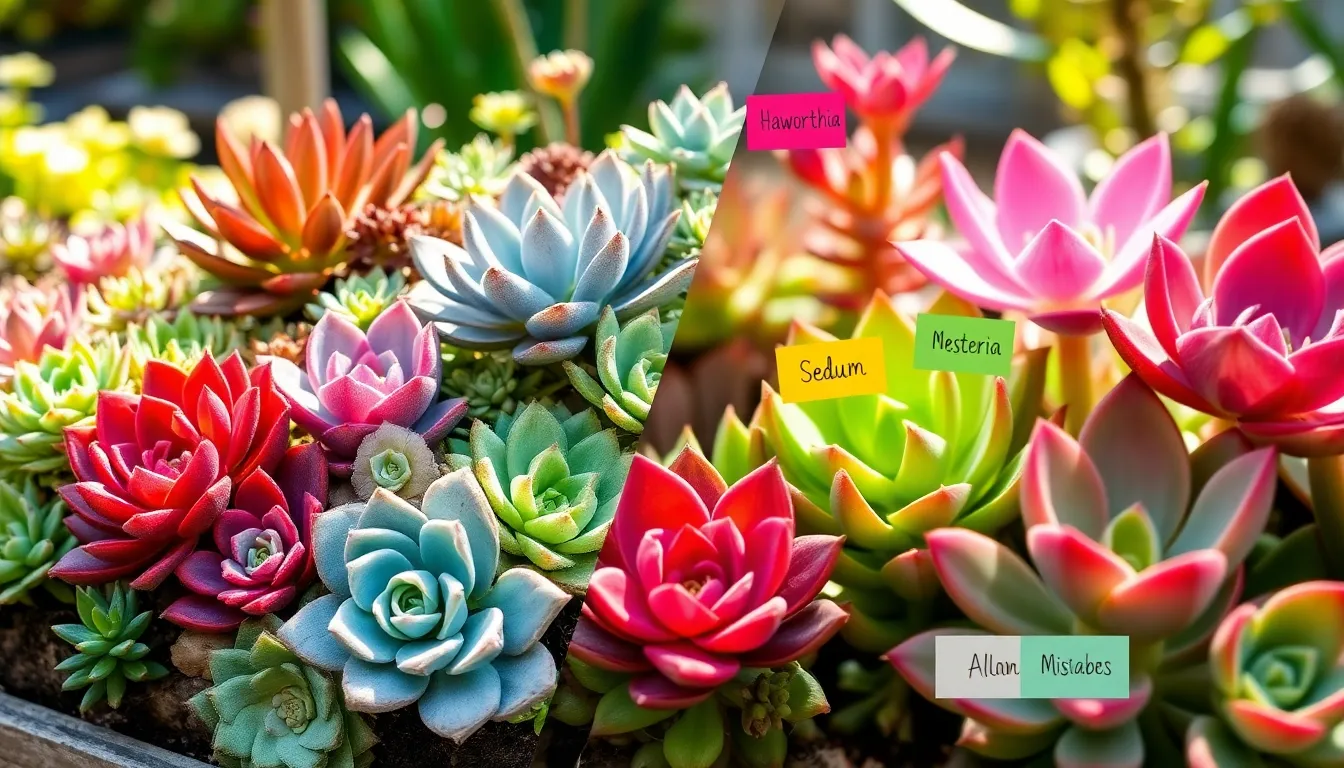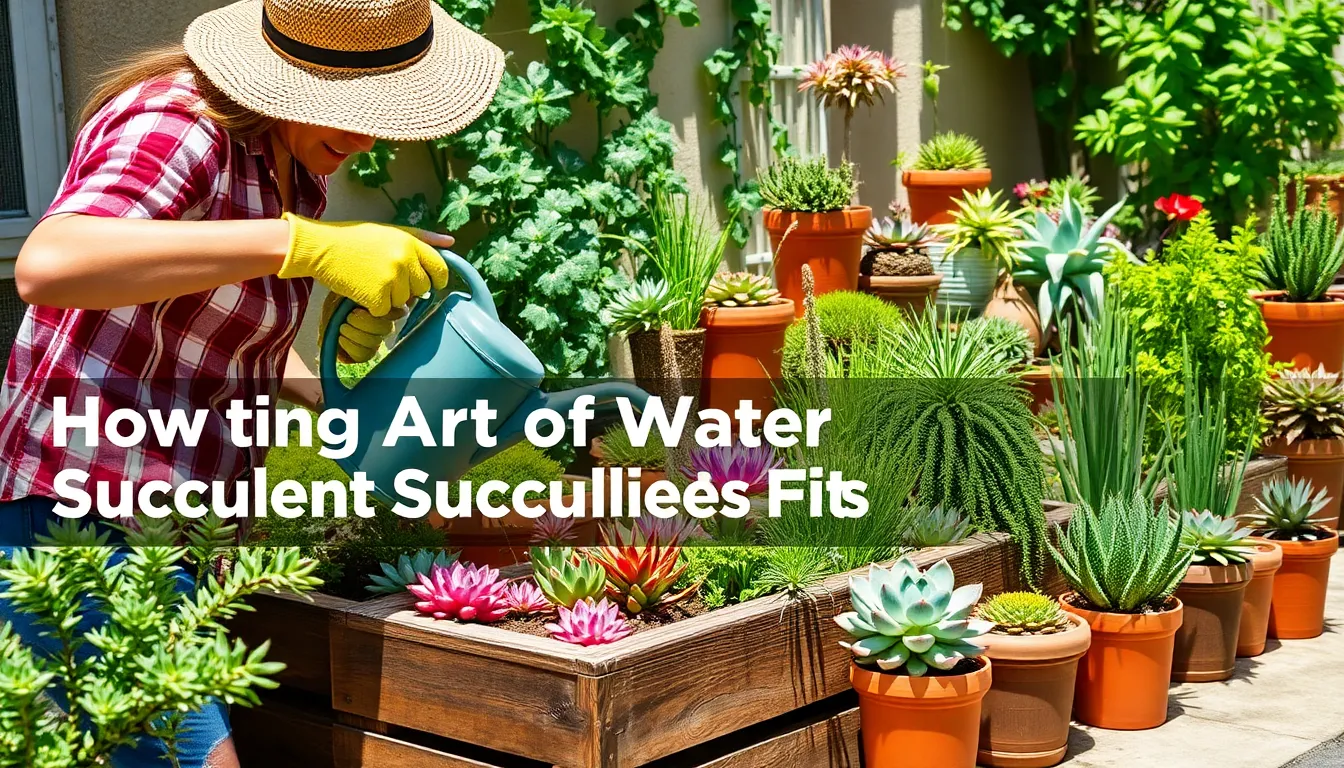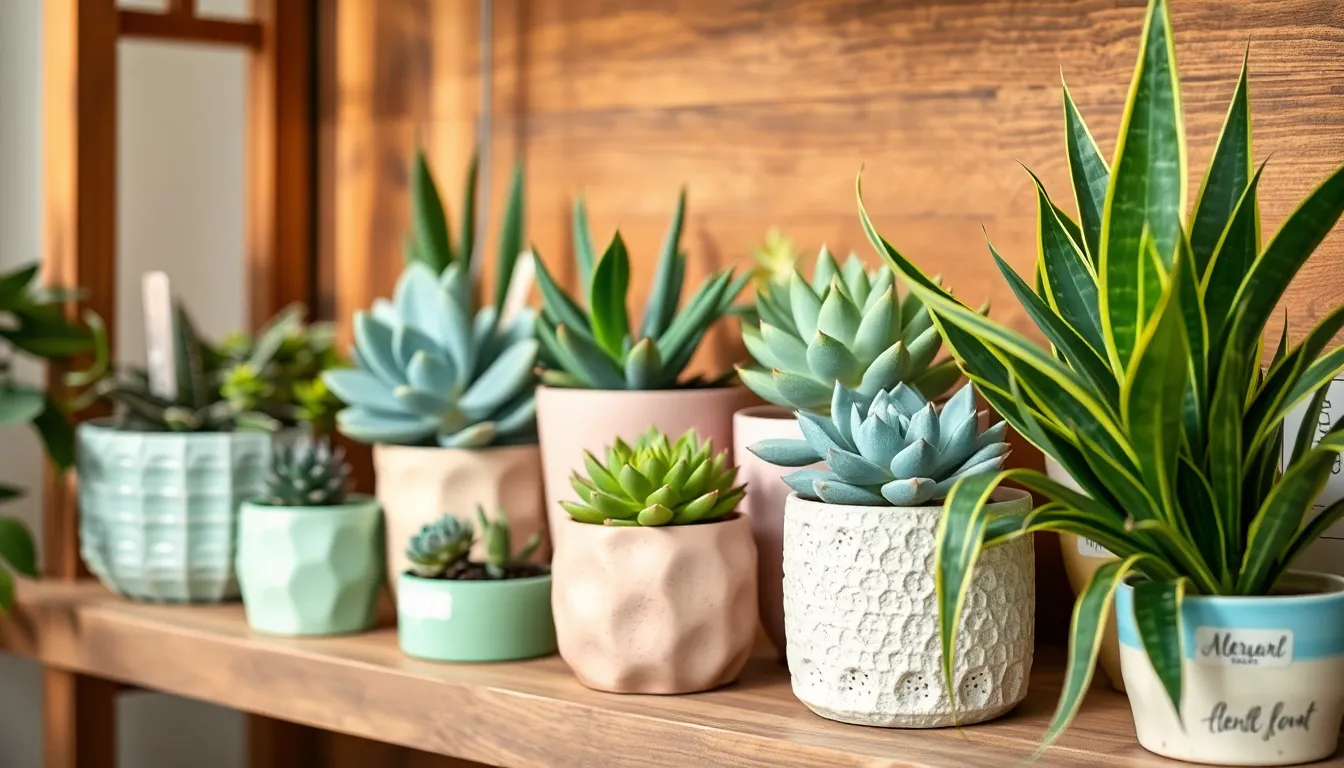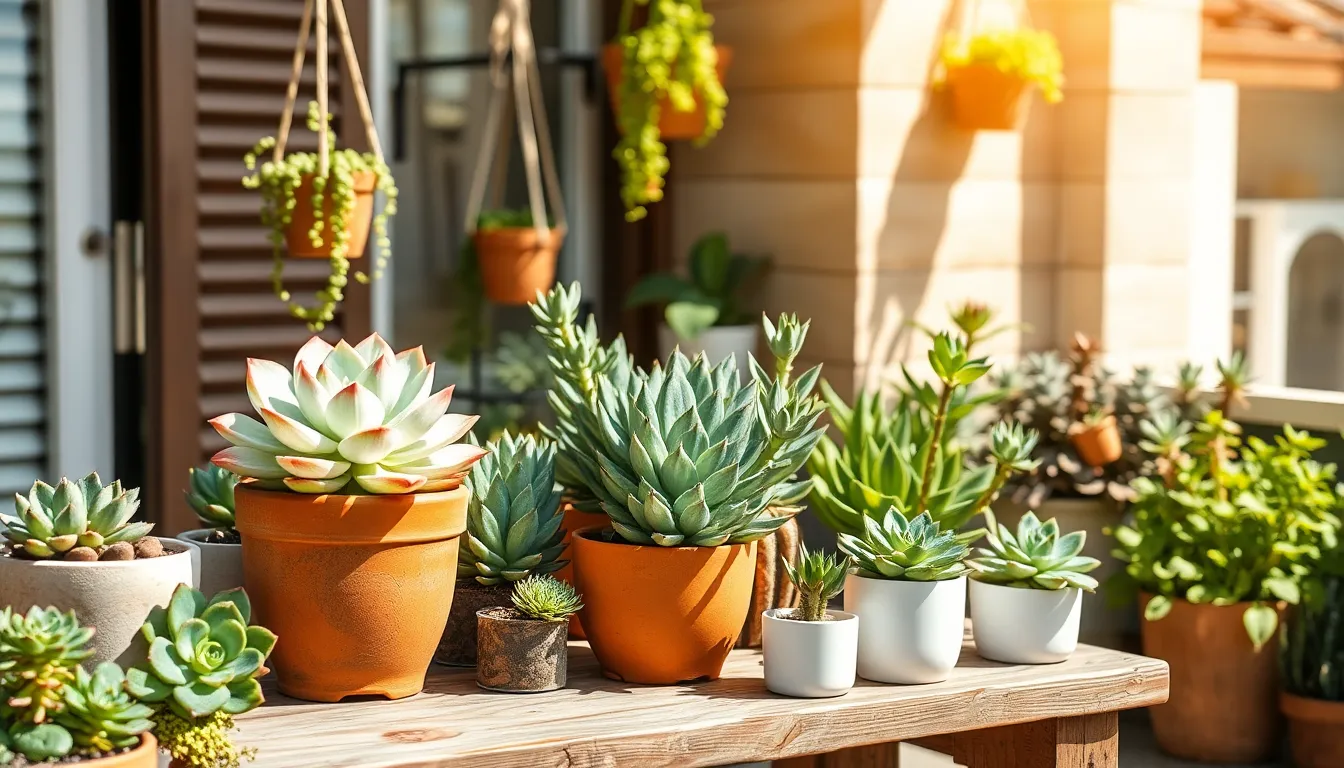Succulents have captivated gardeners of all experience levels with their delightful shapes, resilient nature, and ability to thrive in a variety of environments. However, even these hardy plants have their quirks, and understanding the common pitfalls is key to nurturing a flourishing succulent garden. Whether you’re just beginning your journey with these fascinating plants or have a collection that’s already the envy of your friends, there’s always more to learn about keeping them happy and healthy.
In this article, we will delve into the seven most common mistakes that can thwart your succulent-growing success. You’ll discover how small adjustments in care can make a significant difference, from choosing the right soil to mastering the art of watering. Our goal is to equip you with practical tips and insights so that your succulents not only survive but thrive. By the end, you’ll feel empowered and confident to cultivate a stunning array of these remarkable plants.
Overwatering and Root Rot
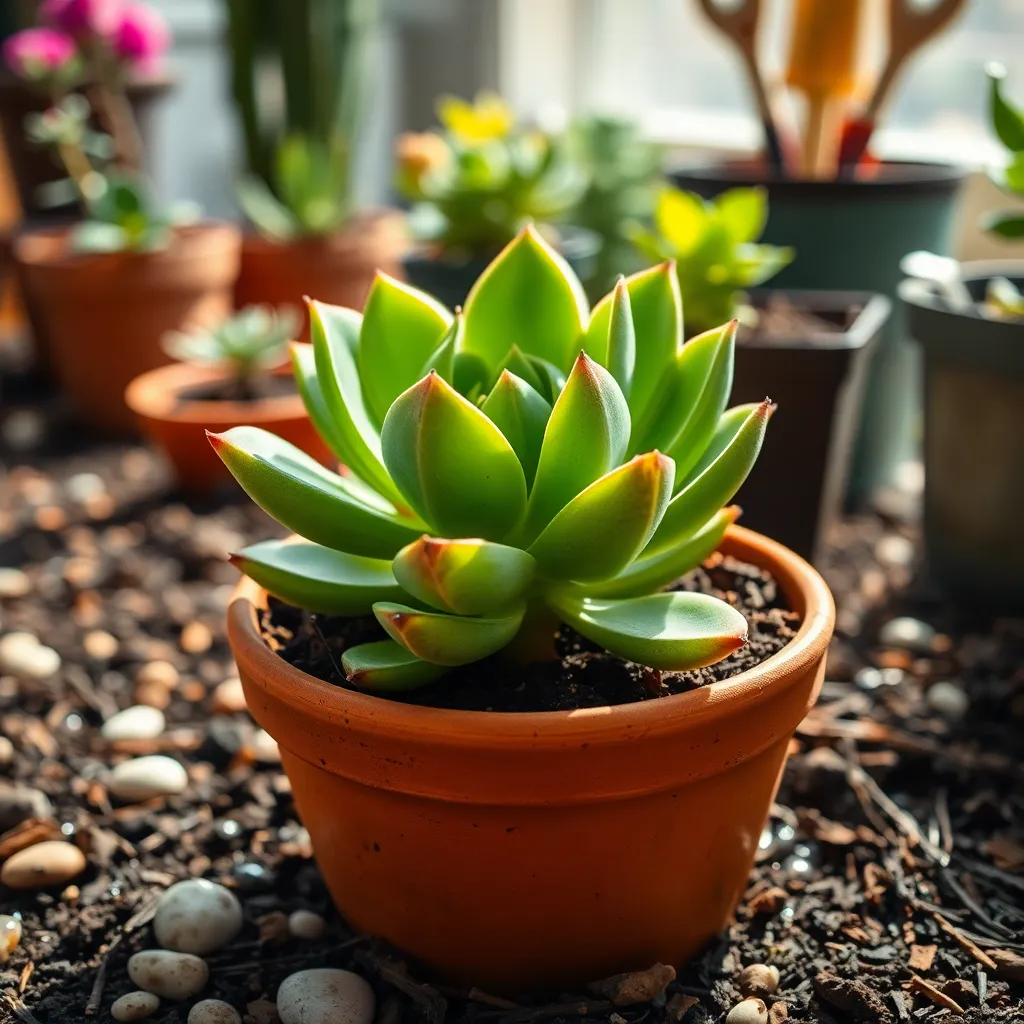
One of the most common mistakes when growing succulents is overwatering, which can lead to root rot. Succulents are adapted to arid environments, so they require much less water than many other plants.
To avoid overwatering, it’s essential to use a well-draining soil mix, such as a combination of cactus mix and perlite. This type of soil allows excess water to quickly drain away, preventing the roots from sitting in moisture.
Water your succulents only when the soil is completely dry to touch; this often means watering them every two to three weeks. In cooler months, reduce watering frequency even further, as succulents grow more slowly and require less moisture.
For gardeners with more experience, consider the humidity and light levels of the environment, as these can affect how quickly the soil dries out. Using pots with drainage holes is also crucial, ensuring that any excess water can escape, further protecting your plants from root rot.
Insufficient Sunlight Exposure
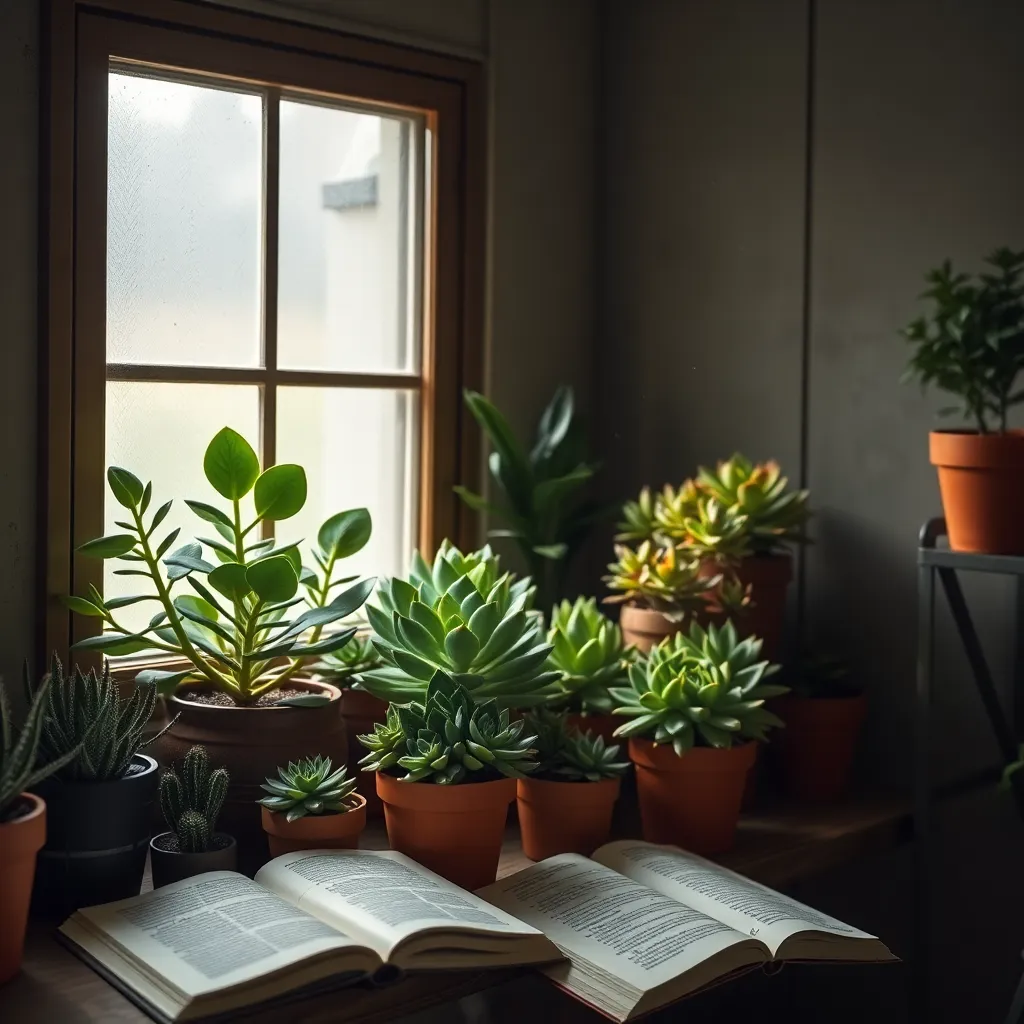
Succulents are renowned for their ability to thrive in sunny environments, yet many gardeners underestimate the importance of proper sunlight. Insufficient sunlight exposure can lead to elongated, weak growth and a loss of the vibrant colors that make these plants so appealing.
To ensure your succulents receive adequate light, place them in a south-facing window where they can bask in bright, indirect sunlight for at least six hours daily. If your home lacks such a spot, consider using a grow light to supplement natural light; choose a full-spectrum LED light for the best results.
For outdoor succulents, gradual acclimatization to direct sunlight is crucial to prevent sunburn. Begin by placing them in a shaded area and slowly increase their sunlight exposure over a week or two.
Advanced gardeners might experiment with light meters to monitor the precise light levels their succulents receive throughout the day. Maintaining consistent light exposure helps prevent etiolation, where plants stretch in search of better light, leading to reduced aesthetic appeal and health.
Poor Soil Drainage
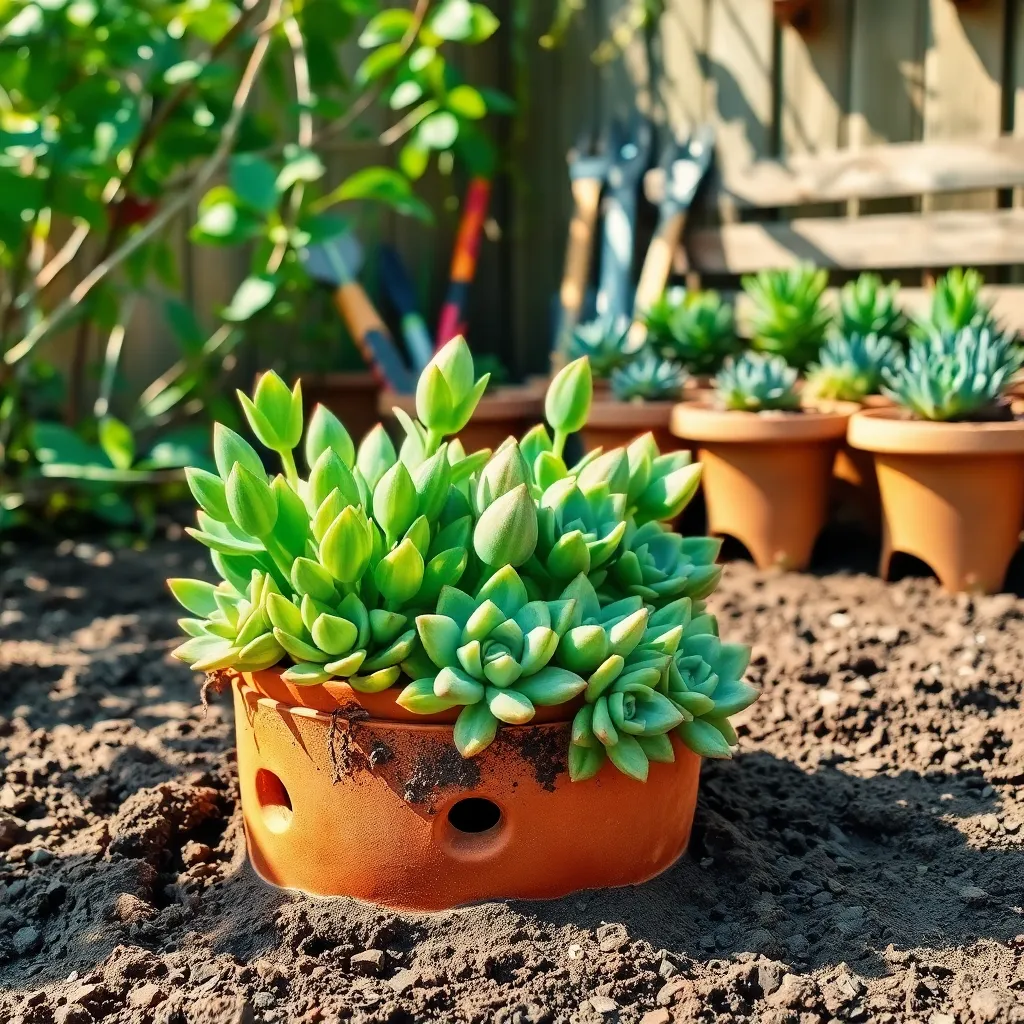
Understanding the importance of proper soil drainage is crucial for growing healthy succulents. These hardy plants thrive in conditions where water doesn’t linger, mimicking their natural desert habitats.
To ensure good drainage, choose a potting mix specifically designed for succulents or create your own by mixing regular potting soil with coarse sand or perlite. This combination allows excess water to escape quickly, preventing root rot—a common issue in poor drainage conditions.
When planting succulents in containers, opt for pots with drainage holes. This simple feature is a lifesaver, ensuring that water escapes freely, which is essential for the plant’s longevity.
For those planting succulents outdoors, consider elevating your planting area or using raised beds. This technique helps excess water to drain away, creating a more hospitable environment for your succulents to flourish.
Ignoring Seasonal Dormancy Needs
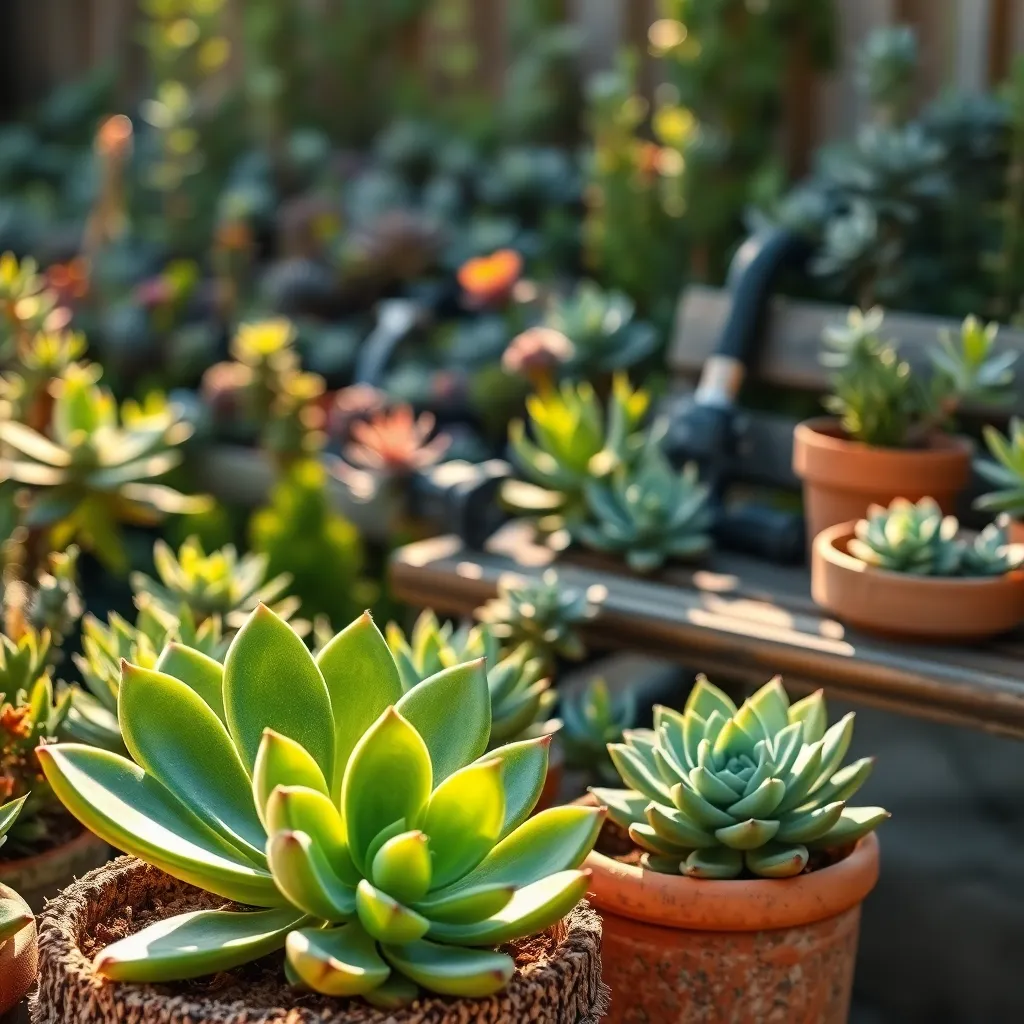
One common mistake many gardeners make with succulents is ignoring their seasonal dormancy needs. Succulents have natural cycles of growth and rest, and their care requirements change with the seasons. Understanding this cycle is essential for the plants to thrive. During dormancy, which often occurs in winter, succulents require less water and cooler temperatures to stay healthy.
To support succulents during dormancy, reduce watering frequency significantly. Overwatering during this period can lead to root rot, a common problem in succulent care. Instead of a regular watering schedule, check the soil moisture before watering. Allow the soil to dry out completely between waterings to mimic their natural arid conditions.
For indoor succulents, providing them with a cooler environment during dormancy is beneficial. Move them away from heat sources like radiators or heating vents. If possible, place them in a room that maintains a temperature between 50°F and 60°F. This mimics their natural habitat and encourages a restful dormancy period.
Advanced gardeners might consider adjusting light exposure to reflect seasonal changes. During dormancy, succulents require less intense light. You can achieve this by placing them in a spot with indirect sunlight or using a sheer curtain to diffuse direct sunlight. This step helps prevent stress and keeps the plants healthy as they conserve energy for the upcoming growing season.
Incorrect Pot Size Selection
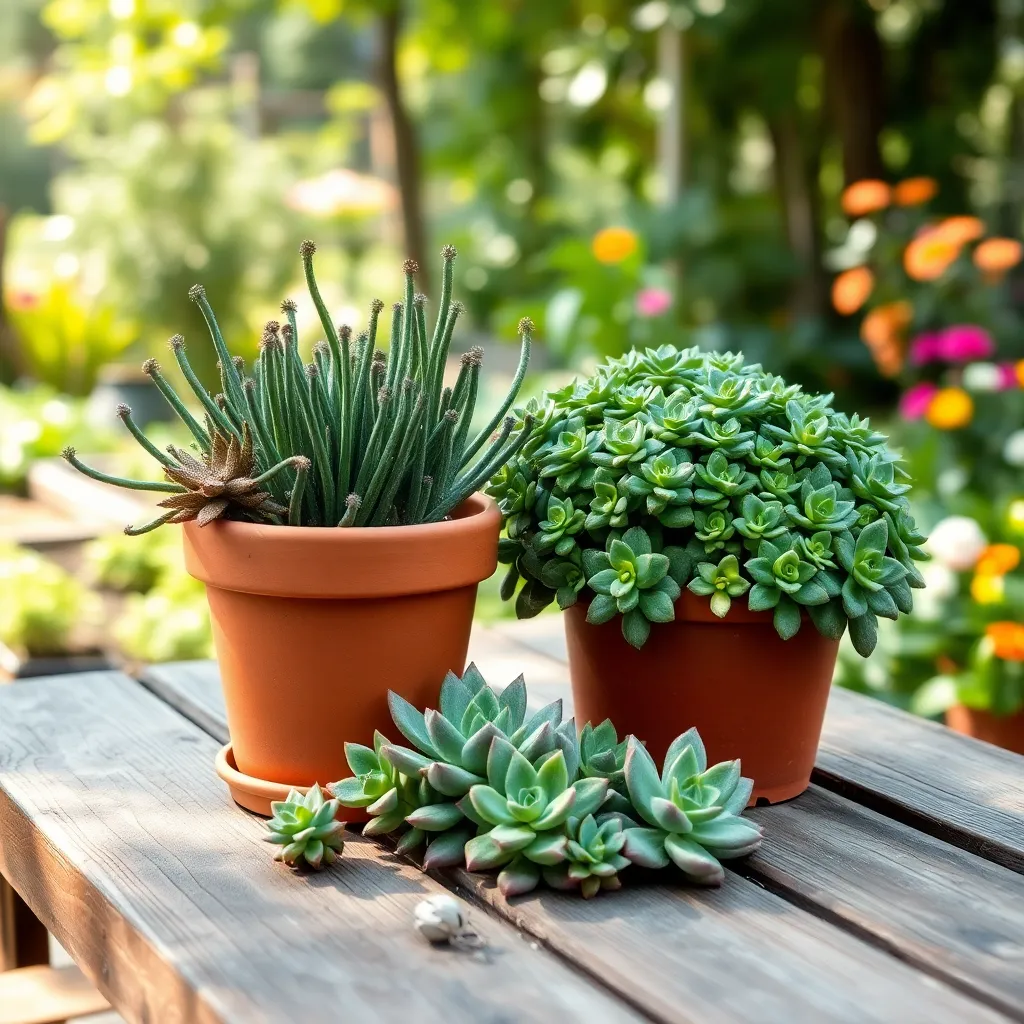
Choosing the correct pot size is crucial for the health of your succulents. Growing them in a pot that’s too large can lead to excess soil moisture, which is detrimental to these drought-tolerant plants.
Avoid the temptation to use an oversized pot with the thought of giving your succulent room to grow. Instead, select a pot that is just slightly larger than the plant itself, allowing about an inch or two of space around the roots.
Beginners should note that a small pot helps in managing water retention more effectively. This is because succulents prefer a dry environment, and a smaller pot with well-draining soil prevents water from lingering around the roots.
Experienced gardeners might experiment with terra cotta pots, which are excellent for succulents due to their porous nature. These pots allow moisture to evaporate more quickly, reducing the risk of root rot, a common issue with improper pot size.
Humidity and Temperature Mismanagement
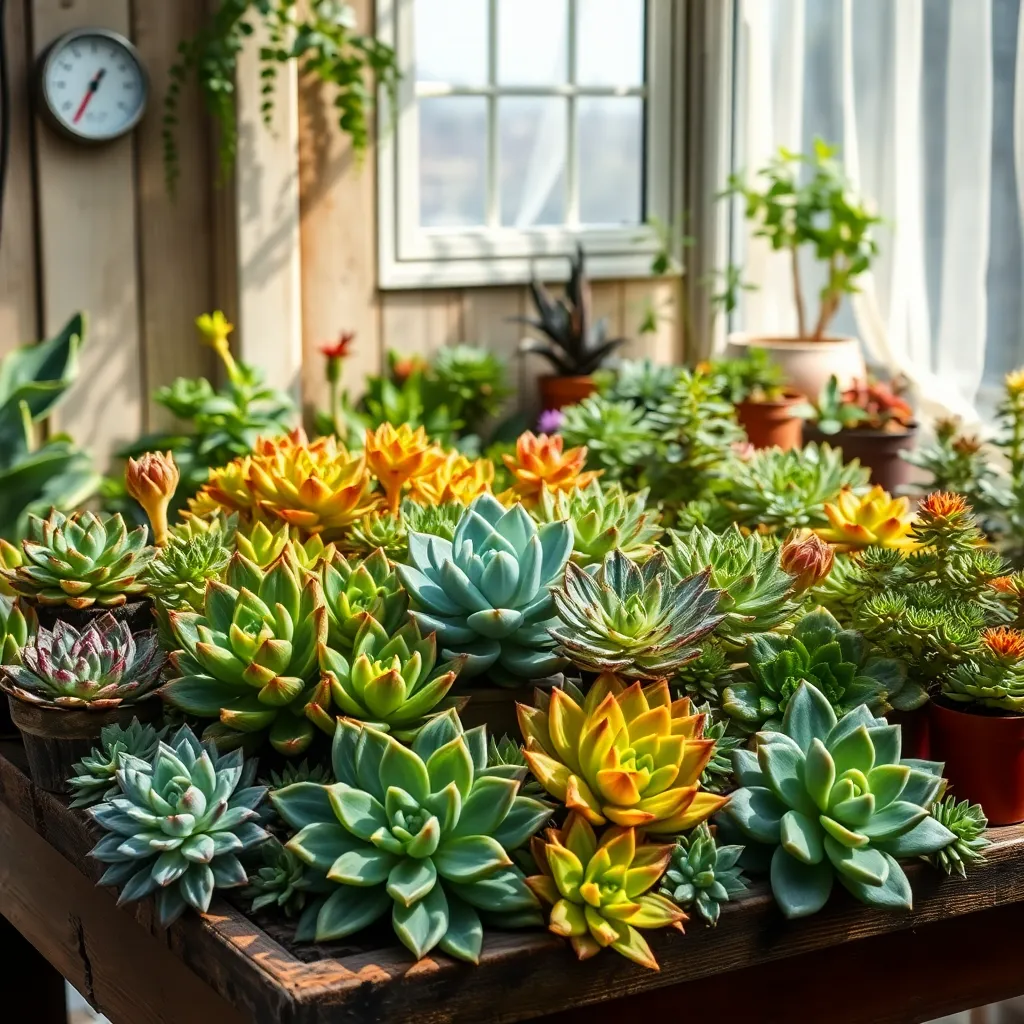
Managing humidity and temperature correctly is crucial for succulent success. Succulents thrive in conditions that mimic their natural arid environments, where they experience low humidity and warm temperatures.
To replicate these conditions, it’s important to keep your succulents in a well-ventilated area. Avoid placing them in humid rooms like bathrooms, as excessive moisture can lead to root rot.
Temperature plays a significant role as well, with succulents generally preferring temperatures between 60-80°F (15-27°C). During winter, it’s beneficial to keep them in a cooler, yet frost-free environment to mimic their natural dormancy period.
For those with more experience, consider using a hygrometer to monitor humidity levels closely. Keeping humidity levels below 40% can significantly reduce the risk of fungal diseases, ensuring your succulents remain healthy and vibrant.
Neglecting Pest and Disease Control
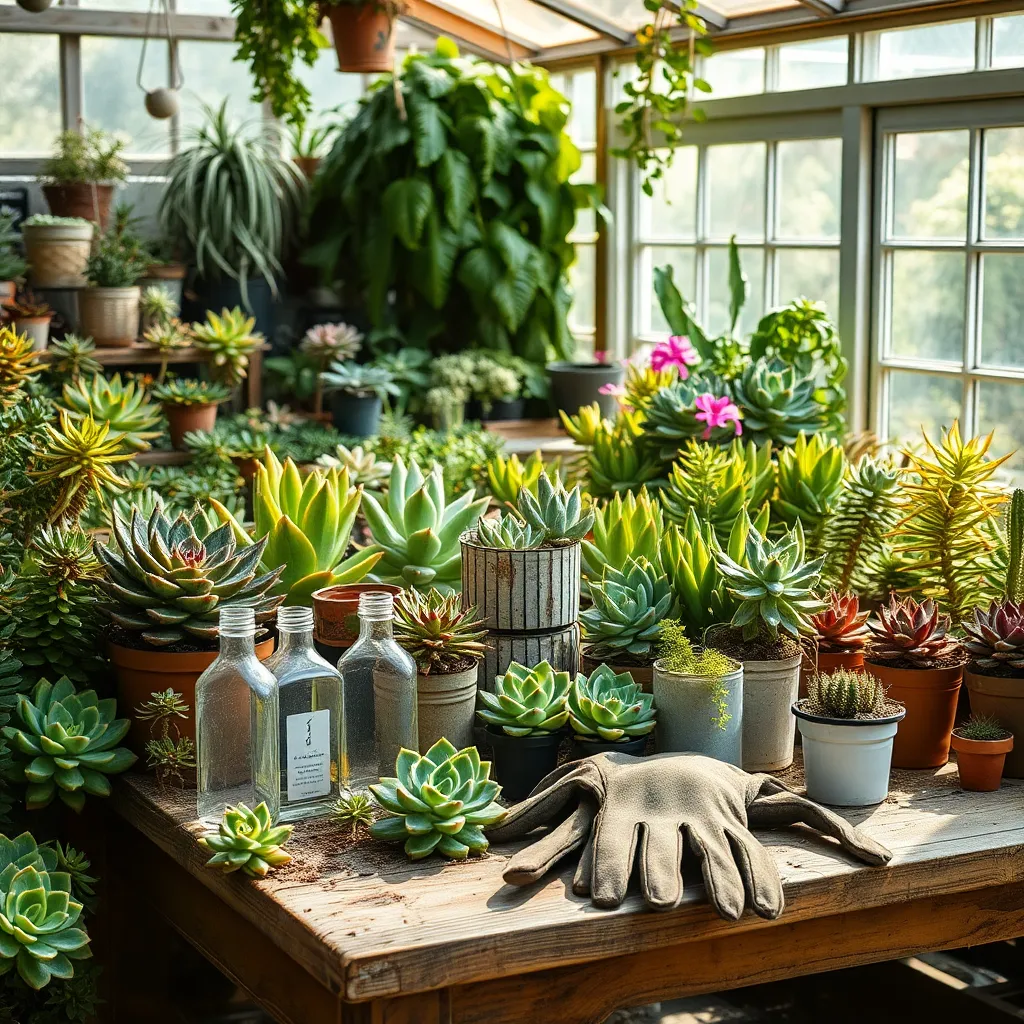
Succulents are often perceived as hardy plants, but they are not immune to pests and diseases. Neglecting pest and disease control can result in stunted growth or even the demise of your plants.
To keep your succulents healthy, it’s crucial to regularly inspect them for signs of trouble. Look for common pests like mealybugs and aphids, which can be spotted as small white or greenish clusters on leaves and stems.
One effective method to combat these pests is to gently wipe them off with a cotton swab dipped in rubbing alcohol. For a more thorough approach, consider using a neem oil solution, which is both natural and effective in controlling a variety of pests.
In addition to pests, succulents can suffer from fungal diseases, often exacerbated by overwatering or poor air circulation. Ensure your succulents are planted in a well-draining soil mix, such as a blend of cactus soil and perlite, to minimize these risks.
Advanced gardeners might explore using systemic insecticides or fungicides as a preventative measure, but these should be used sparingly and as a last resort. Regularly cleaning your plants’ leaves and ensuring proper spacing between them can further help in preventing disease outbreaks.
Conclusion: Growing Success with These Plants
In nurturing both succulents and relationships, avoiding common pitfalls can lead to thriving growth. We’ve explored seven key concepts: understanding your partner’s unique needs (just like knowing your succulent’s specific requirements), not overloading the relationship with expectations (akin to overwatering), providing consistent care without smothering, adapting to change, recognizing when to give space, communicating effectively, and learning from past missteps. Each of these principles not only strengthens your bond but also ensures it flourishes over time.
As an actionable next step, take a moment to reflect on one area where your relationship could use a little more attention, and commit to making a small, meaningful change today. Whether it’s a heartfelt conversation or simply giving space, your actions can cultivate a deeper connection.
Remember, relationships, much like succulents, require patience and understanding to truly thrive. Save or bookmark this article as your go-to guide for nurturing both your plants and your partnerships. By doing so, you’re not just investing in your current relationship but paving the way for future success. Embrace these insights, and watch your relationships grow beautifully resilient.

